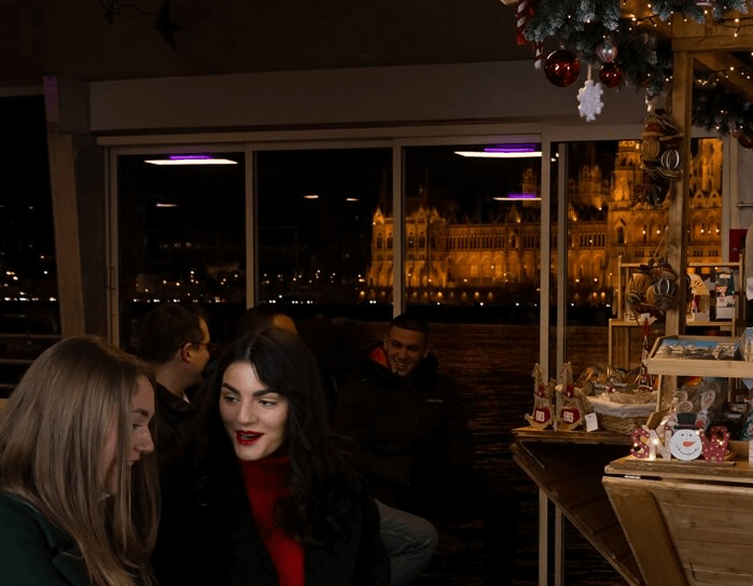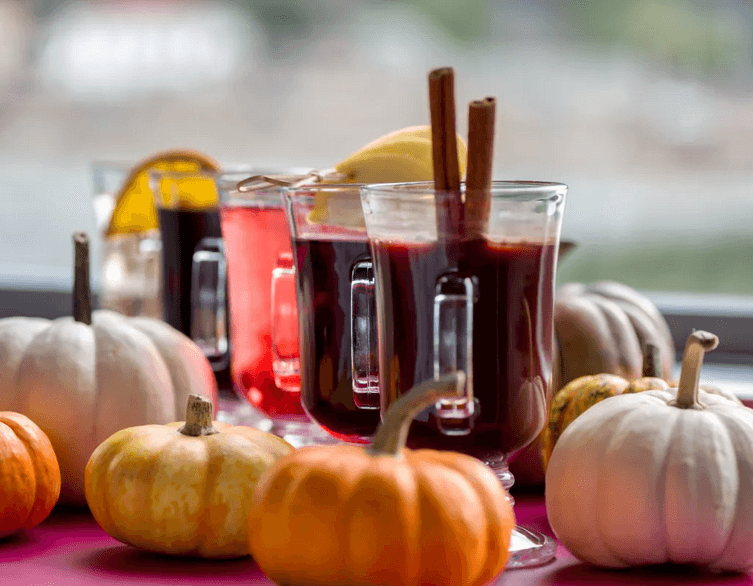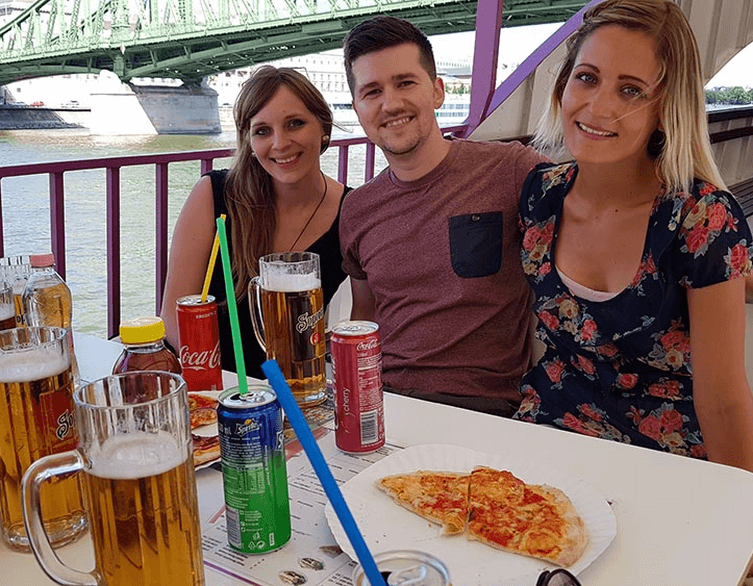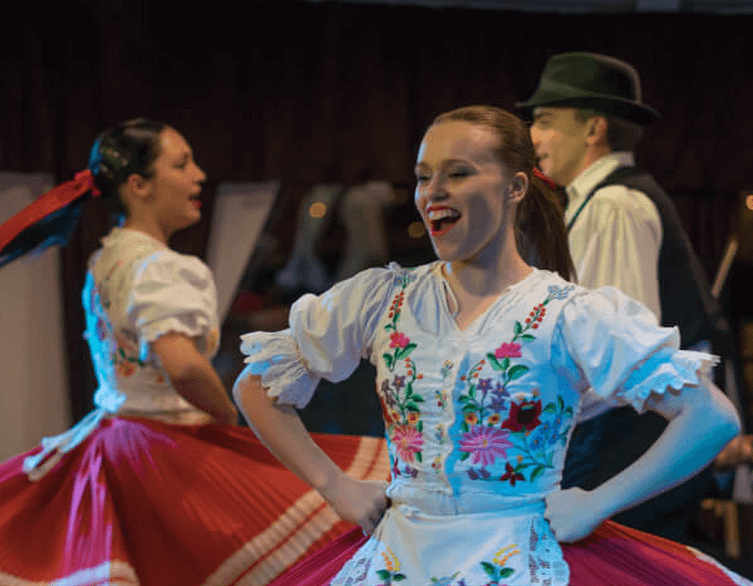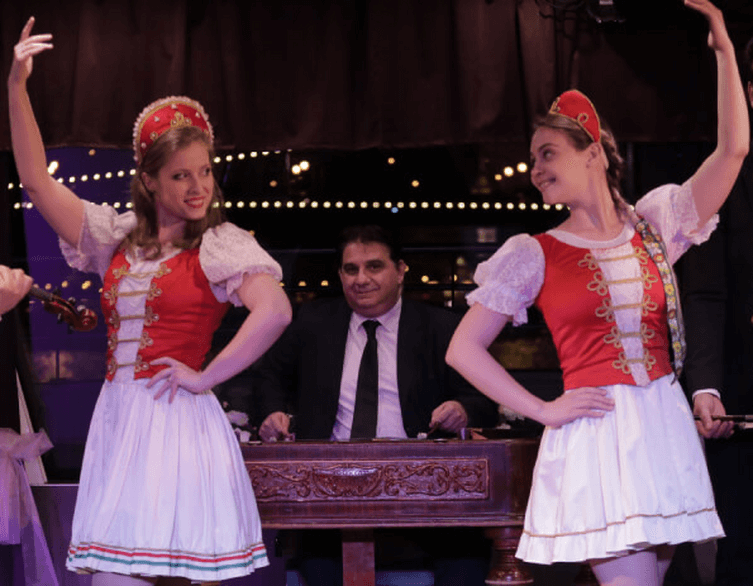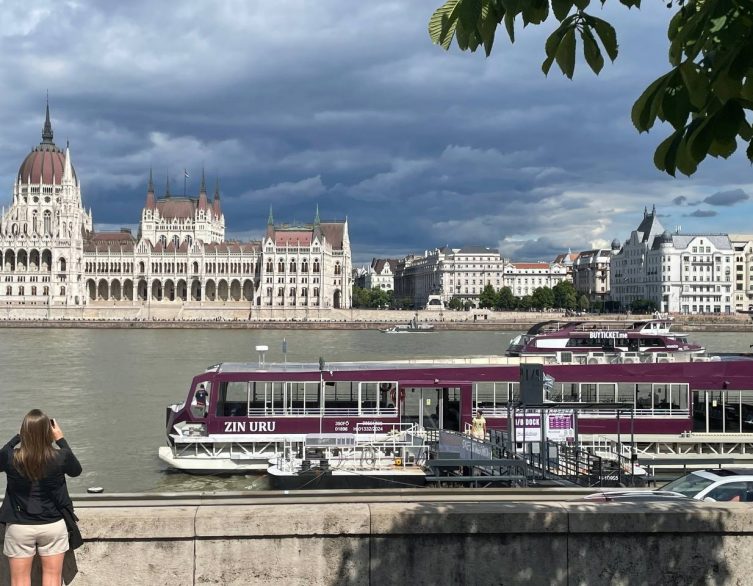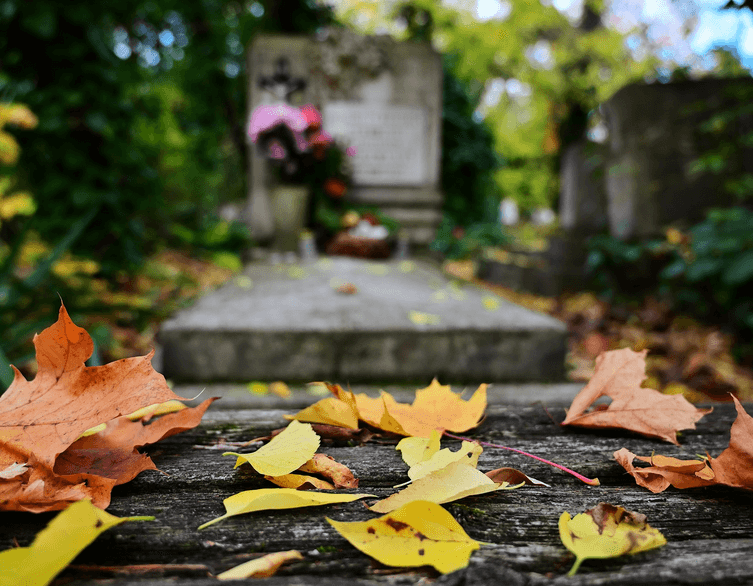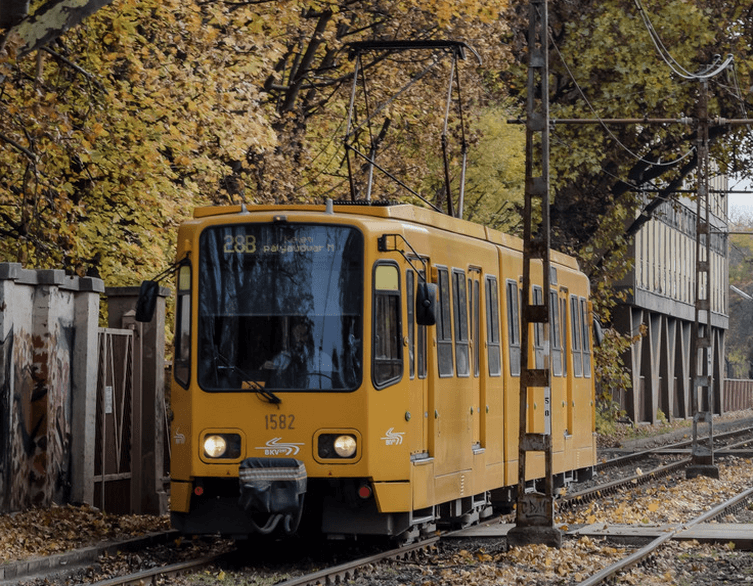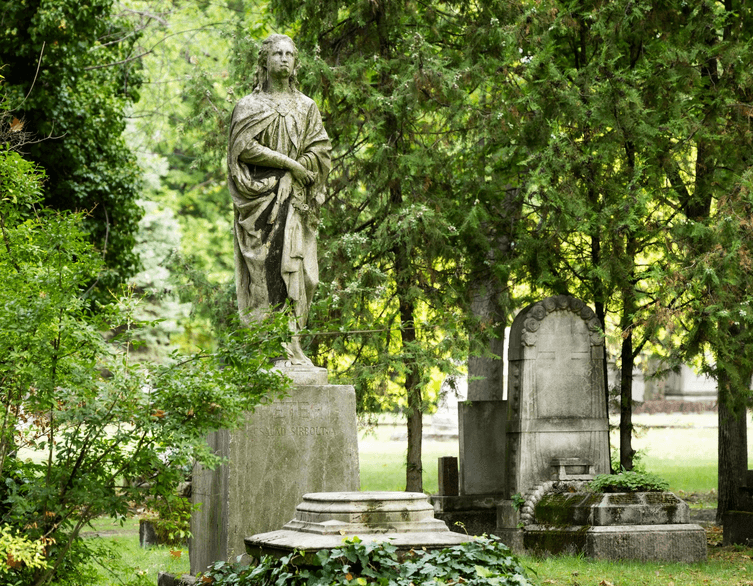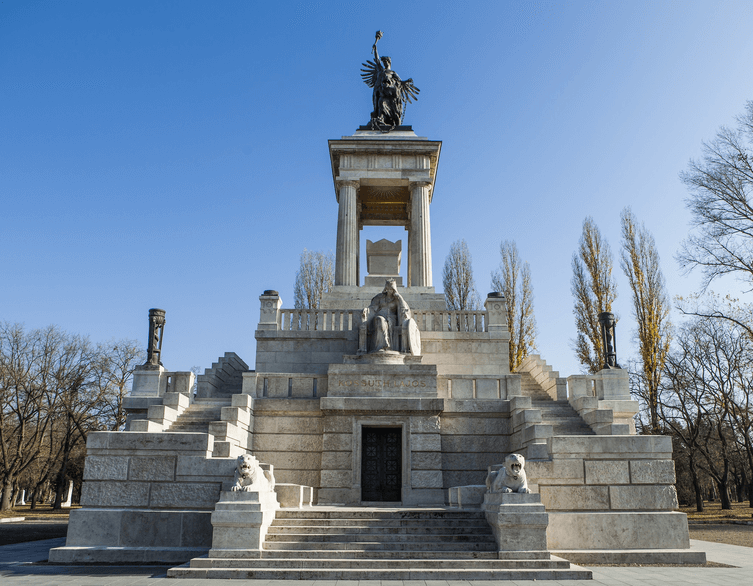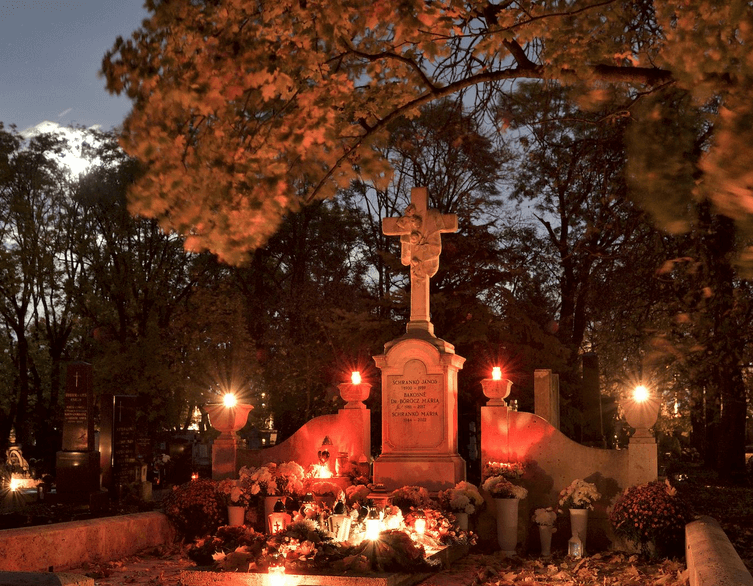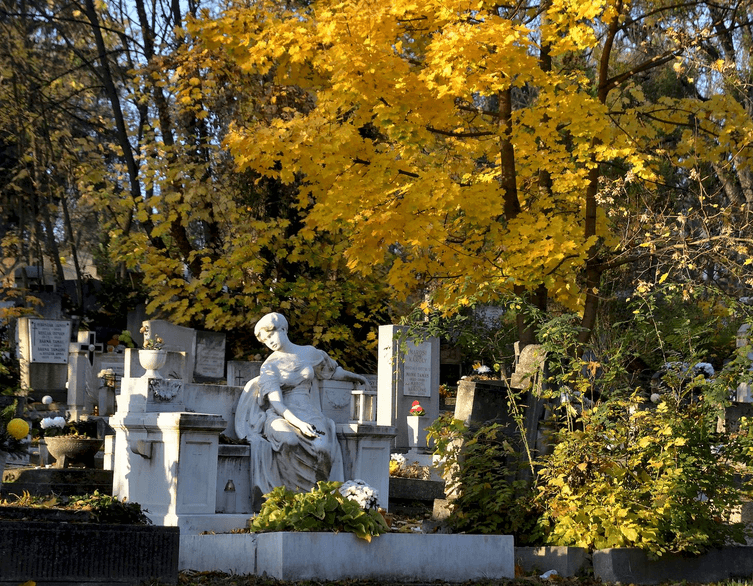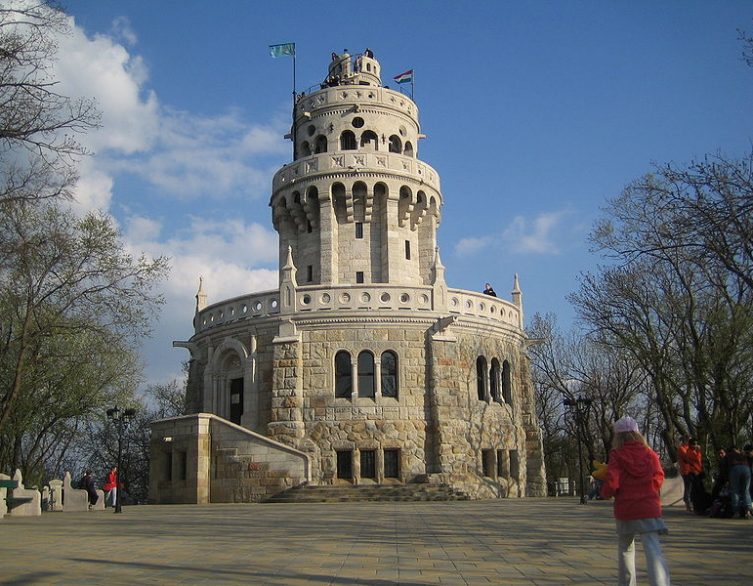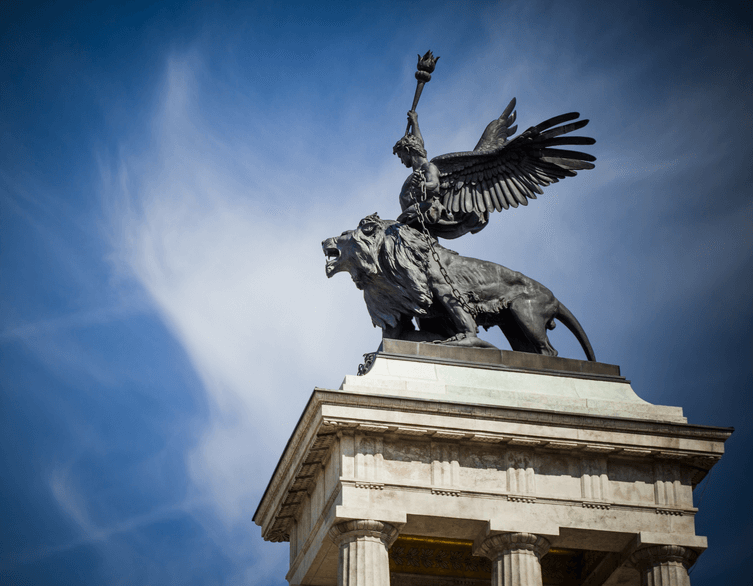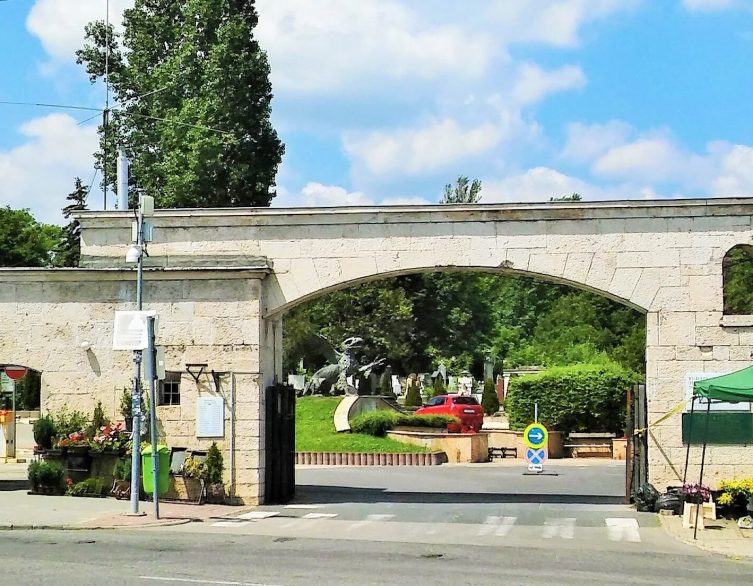All Saints’ Day in Budapest 2025: Your Essential Guide
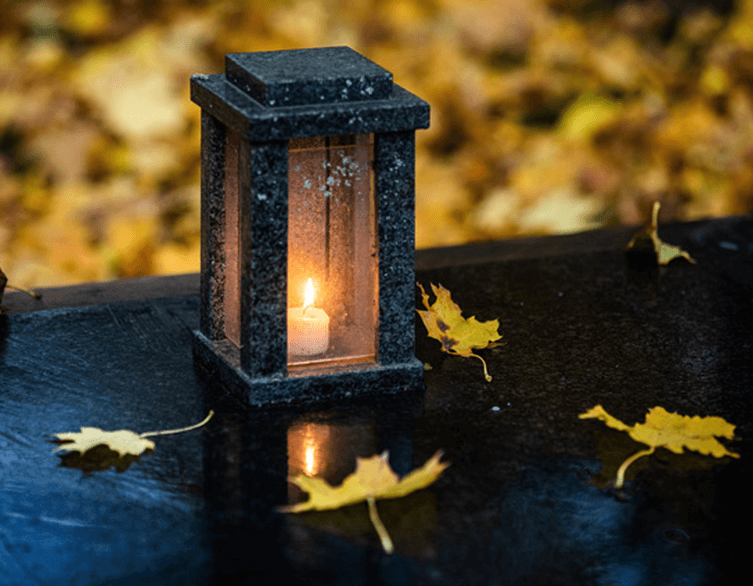
All Saints’ Day, celebrated on November 1st, stands as one of Hungary’s most significant public holidays and deeply cherished traditions. While much of the Western world embraces Halloween’s festive spirit, Hungarians observe this day with profound reverence, honoring deceased loved ones through centuries-old customs that transform the country’s cemeteries into glowing seas of candlelight. For foreign visitors, experiencing All Saints’ Day in Budapest offers a unique window into Hungarian culture, spirituality, and the nation’s relationship with memory and heritage.
Understanding All Saints’ Day in Hungary
All Saints’ Day, known as “Mindenszentek” in Hungarian, is a national public holiday when shops and many businesses close their doors. Originally a Catholic feast day dedicated to martyred Christian saints, the celebration in Hungary has evolved into a universal day of remembrance for all deceased loved ones, observed by people of all religious denominations.
The holiday blends Christian tradition with ancient folk customs. According to Hungarian folklore, the night between All Saints’ Day (November 1st) and All Souls’ Day (November 2nd) is when the deceased attend mass in churches and visit the homes of their loved ones. This belief in the “thinning of the veil” between worlds connects Hungary’s observances to ancient Celtic traditions, creating a 2,000-year-old link between Budapest and the origins of these autumn commemorations.
The Candle Lighting Tradition
The most iconic aspect of All Saints’ Day in Hungary is the tradition of lighting candles on graves. As dusk falls on October 31st and throughout November 1st, cemeteries across Budapest transform into breathtaking displays of flickering light. Families light candles for their deceased loved ones, creating a glowing tribute visible from far away.
According to folk belief, the candles serve multiple purposes—guiding departed souls and providing light and warmth during their brief return to the world of the living. For those who died abroad or are buried in unknown places, special bonfires are lit and bells are tolled. The tradition creates one of the most moving and photogenic scenes in Budapest, as entire cemeteries glow with thousands of candles in a collective act of remembrance.
Budapest’s Historic Cemeteries
Budapest’s cemeteries are outdoor museums of art, architecture, and Hungarian history. During All Saints’ Day, they become centers of cultural and spiritual life.
Best deals of Budapest
Fiumei Road Cemetery (Kerepesi Cemetery)
Budapest’s most prestigious burial ground serves as the resting place of Hungary’s greatest figures including revolutionary leaders, prime ministers, poets, and artists. The cemetery features grand mausoleums, ancient wooden graves called “kopfa,” and carved boats symbolizing the journey into death.
The National Heritage Institute organizes special programs including free candles and maps for visitors to honor historical figures. On November 1st at 3:00 PM, a mass accompanied by folk music takes place, followed by performances featuring historical and church folk songs. The cemetery observes extended hours (7:00 AM to 8:00 PM) from October 28 to November 3, with free shuttle bus services and parking.
Farkasréti Cemetery
Located in the Buda hills with spectacular panoramic views of Budapest, Farkasréti serves as the preferred burial place for actors, musicians, painters, writers, and cultural figures including composers Béla Bartók and Zoltán Kodály. The cemetery features noteworthy sculptures and remarkable architecture by Imre Makovecz. Visiting just after sundown when thousands of candles illuminate the hillside creates an unforgettable experience.
Other Cemeteries
Several other Budapest cemeteries—New Public Cemetery, Óbuda Cemetery, Budafok Cemetery, and Csepel Cemetery—observe extended hours: 7:00 AM to 8:00 PM on October 31st, and 7:30 AM to 8:00 PM from November 1st through 3rd.
Traditional Customs and Observances
Hungarian families meticulously clean and repair graves, removing weeds and washing headstones in preparation. Fresh flowers, particularly chrysanthemums, are placed on graves. Chrysanthemums bloom naturally in late October and November, and their white varieties symbolize purity, innocence, and mourning. Complete arrangements often include orchids, calla lilies symbolizing resurrection and rebirth, roses, and seasonal blooms.
Historical folk traditions included strict prohibitions against work, washing, sewing, and cleaning on this day as signs of respect for the dead. Some families placed extra plates at the table with bread, salt, and water for visiting souls. While most prohibitions no longer dictate behavior, the core traditions of visiting cemeteries, cleaning graves, placing flowers, and lighting candles remain deeply embedded in Hungarian culture.
Visiting Etiquette and Behavioral Guidelines
Foreign visitors are welcome to respectfully visit Budapest’s cemeteries during All Saints’ Day. The atmosphere is solemn yet beautiful. Follow these guidelines:
- Timing: Visit in late afternoon through evening (between 5:00 PM and 7:00 PM) when families have lit candles and the full effect of the illuminated graves can be appreciated.
- Behavior: Maintain quiet, respectful conduct. This is a deeply meaningful occasion for Hungarian families mourning their loved ones.
- Photography: Generally acceptable, but be discreet and avoid photographing people in emotional moments without permission.
- Dress: Dress appropriately and warmly—early November can be cool and sometimes rainy. Comfortable, weather-appropriate footwear is essential for outdoor walking.
Activities for Visitors
Cemetery Visits
Fiumei Road Cemetery and Farkasréti Cemetery are particularly recommended for their combination of historical significance, artistic monuments, and spectacular candlelit scenes. Free walking tours often operate on All Saints’ Day, offering context and guided visits.
Thermal Bath Relaxation
With many tourist attractions closed or operating on limited schedules, All Saints’ Day presents an ideal opportunity to experience Budapest’s world-famous thermal baths with their mineral-rich, therapeutic waters.
Dining and Cultural Experiences
Many restaurants remain open, particularly in the Jewish Quarter, downtown areas, and along the Danube. The quieter streets create a more contemplative, local atmosphere. Some museums, theaters, and cultural venues maintain regular schedules. Classical music concerts in churches like St. Stephen’s Basilica or Matthias Church often feature appropriate repertoire for the reflective nature of the holiday.
All Souls’ Day (November 2nd)
All Souls’ Day continues the observances with similar practices. In Catholic tradition, this day focuses on praying for souls in Purgatory. In practice, many Hungarians perform similar rituals on both dates, and the two days blend into a continuous period of remembrance. Cemeteries remain busy with extended hours, and the candlelit atmosphere continues, though typically with diminished intensity compared to November 1st.
Practical Planning Tips
What’s Open and Closed
Stock up on supplies on October 31st, as shops will be closed on November 1st. Make restaurant reservations if you have specific dining plans. Check museum and attraction websites in advance to confirm opening hours.
The All Saints’ Day celebration creates an extended weekend period when many shops and services are unavailable. With November 1st (All Saints’ Day) falling on a Saturday as a public holiday and November 2nd (Halottak napja/All Souls’ Day) being a Sunday, visitors should expect limited shopping opportunities throughout the entire weekend.
Transportation
Budapest Transport Centre (BKK) operates special services with adjusted timetables during the holiday weekend to facilitate cemetery access. Holiday and Sunday services run on November 1st and 2nd. Traffic modifications around major cemeteries, particularly the New Public Cemetery, include one-way traffic on Sírkert út from November 1st through 3rd. Use the BudapestGO app for real-time journey planning and updates.
What to Expect from the Weather and How to Prepare
Early November in Budapest is usually chilly and can be quite damp. Daytime temperatures typically range from 8–14°C (46–57°F), while nighttime temperatures may drop to 4–9°C (39–48°F). Rain is possible, as Budapest averages 10–15 rainy days in November, so skies may be overcast and occasional showers can occur. Snow is rare at the beginning of the month but not impossible.
How to prepare:
- Pack layers, including a warm sweater or fleece, a midweight jacket, and a scarf.
- Bring waterproof shoes or boots, as well as an umbrella or raincoat.
- Gloves and a hat are useful for evenings or extended cemetery visits, as it can feel colder outdoors.
- If you plan on walking in cemeteries or parks, choose comfortable, weatherproof footwear.
- Always check updated forecasts before heading out, as the weather can change quickly.
Preparing for cool, occasionally wet weather will ensure you make the most of Budapest’s beautiful but brisk autumn during the All Saints’ Day period.
Cultural Significance
All Saints’ Day offers foreign visitors insight into Hungarian values around family, memory, and respect for the deceased. Unlike cultures that avoid discussing death, Hungarian tradition embraces remembrance as an active, communal practice. The holiday demonstrates that honoring the dead isn’t about dwelling in sadness but about maintaining connections, preserving memory, and acknowledging that those who came before remain part of the living community.
The visual beauty of the candlelit cemeteries reflects a culture that finds meaning in ritual, beauty in remembrance, and solace in shared traditions that have persisted for centuries. For visitors, experiencing this holiday provides perspective on Hungarian identity, spirituality, and the values that shape this Central European nation—revealing the soul of the city in a way that typical sightseeing cannot.
Related news
Related events
Related attractions



